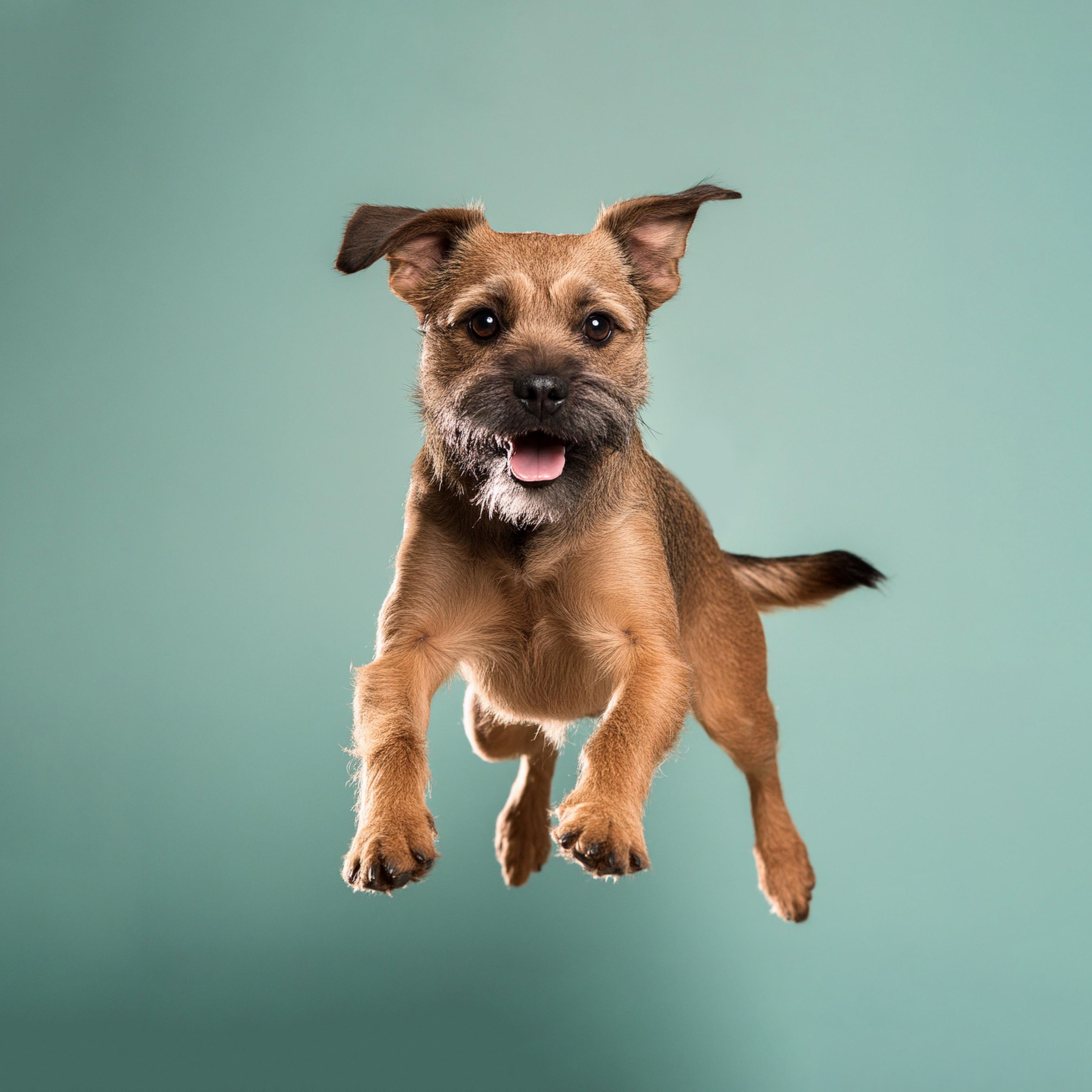Border Terriers are known to have excellent appetites and will happily eat any food they can get their paws on. Because of this tendency to gain excess weight, feeding Border Terriers requires active control of portion sizes. How do we know if our companion animal is overweight? Visually assessing the weight of a Border Terrier is quite easy – the physical manifestation of obesity is an increased fat mass and a hard-to-see skeletal system (ribs, spine, limbs, and facial bones).
Obesity is especially harmful to older dogs. Compared to adult Border Terriers, seniors require fewer calories and more protein. Overweight companion animals need much more time to digest food and normalize blood glucose concentration. As a result, the risk of developing diabetes in older Border Terriers is quite higher.
If you wish to control the weight and health of your important family member, following the nutritional guidelines recommended by the best dog food manufacturer is a wise decision.
Ideally, your Border Terrier’s food should provide an ideal balance of protein, fat, and carbohydrates. It is a widely recognized fact that protein, like in humans, helps to reduce the hunger hormone, ghrelin, in dogs. This means that our companion animals will only feel satisfied after consuming a large amount of quality protein.
Like most terriers, the Border Terrier is prone to joint problems. This is why the best dog food recommended for Border Terriers should contain essential nutrients such as Omega 3, Vitamin D, Calcium, and Potassium.
Small dogs like the Border Terrier digest food more quickly than larger breeds, and therefore, their stomachs empty quickly. Eating high-fiber foods like fruits, vegetables, and whole grains (brown rice or oats) can help regulate this process. To correctly identify the individual needs of your companion animal and to get additional information on this issue, contact a nutritionist.

